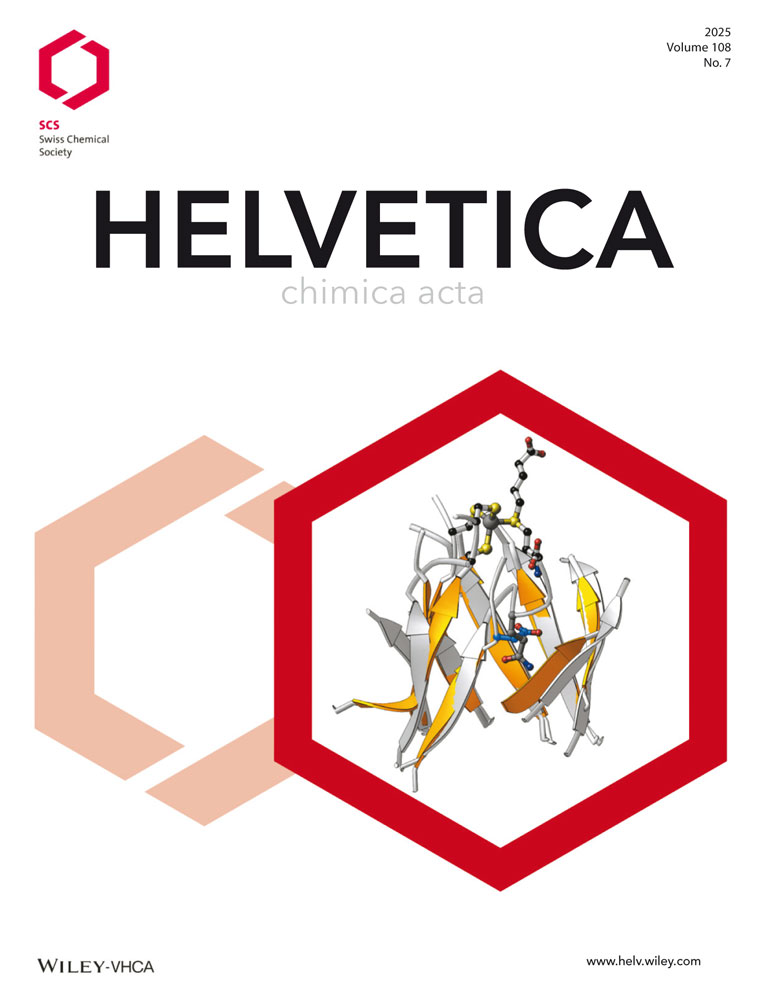The Thermolysis of the Cycloadducts between Aryl Azides and Hexamethyl-Dewar-Benzene Revisited
Abstract
The reactions of 1-azido-2,4,6-trimethyl- and 1-azido-2,6-dimethylbenzene with hexamethyl-Dewar-benzene (HMDB) give rise to the pentamethyl(iminoethyl)-4H-1,2-diazepines 4 and 5, respectively. The X-ray crystal-structure analysis of 5 unequivocally established these unexpected structures, which motivated us to re-investigate the thermolysis of the adduct 1a of HMDB and azidobenzene. Previously, the triazonine 2 was reported to be the major product, but this interpretation could not be corroborated now, and, instead, the 1-aminopyrrole 6 was identified as the true compound. The structure of the analogous compound 7, obtained by thermolysis of the (1-azido-4-nitrobenzene)-HMDB adduct 1b, was confirmed by X-ray diffraction. In the original literature investigation, a second product had been isolated, in addition to the alleged 2, by chromatographic purificiation of the thermolysis mixture, and structure 3 had been ascribed to it. It turns out now that this compound is not a valence isomer of the major product, but a hydrolysis product, i.e., the ketone 8. The formation of the rather different compounds 4 and 5 on the one hand, and 6 and 7 on the other hand, can be rationalized straightforwardly by a sequence of pericyclic reactions leading to 3H-1,2-diazepines 11 as common intermediates, which are converted to either 4 and 5, or 6 and 7, depending on the nature of the aromatic group.




